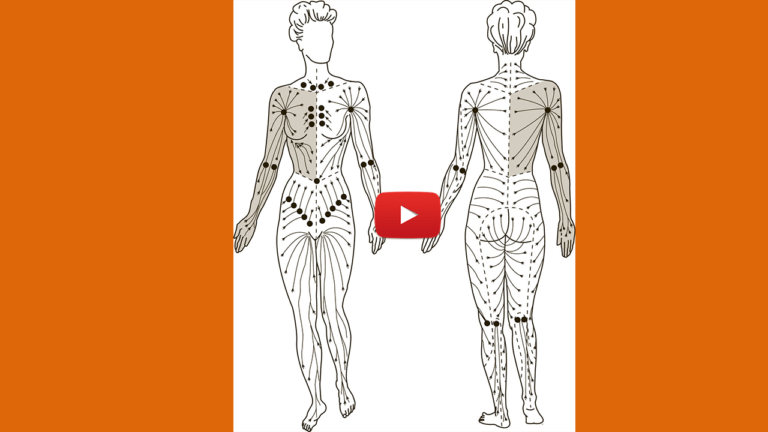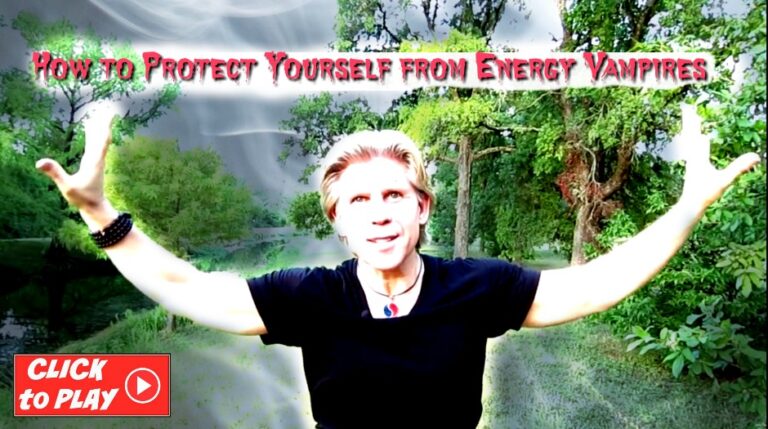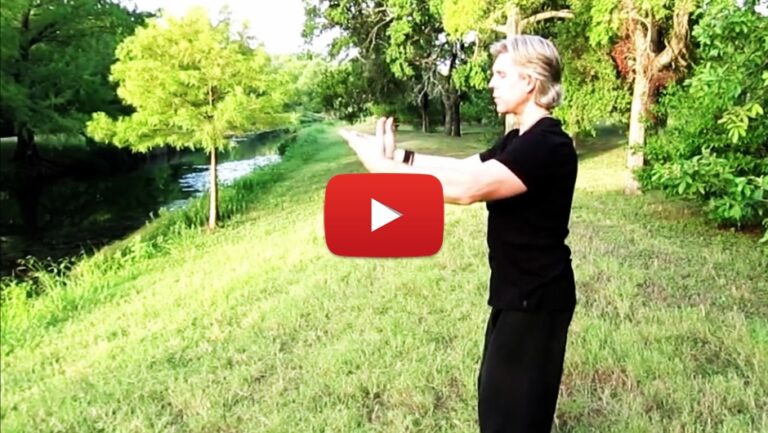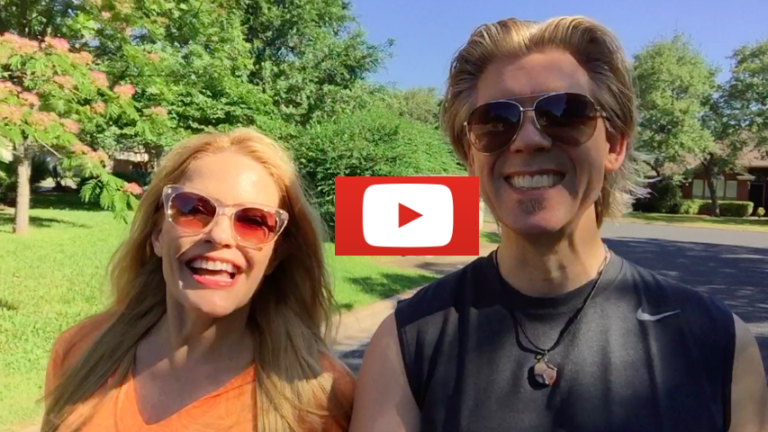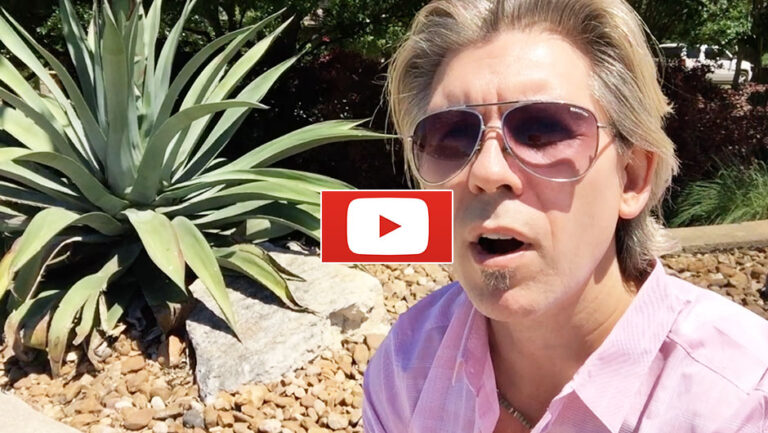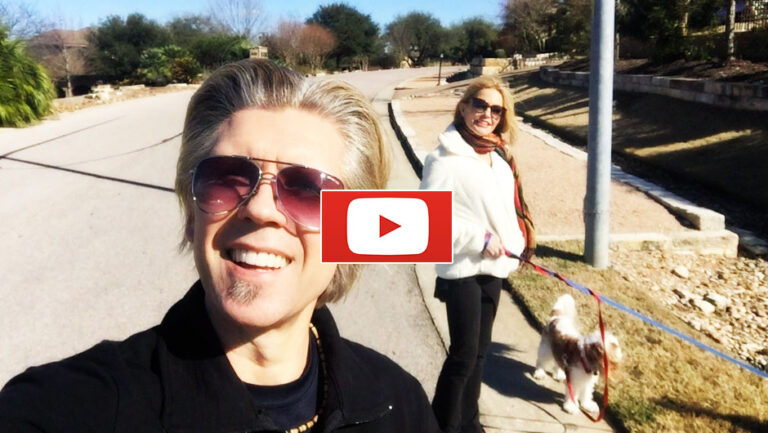What You Can Do
Does your mind tend to overestimate the risks of life and underestimate the powers and resources you have to handle those risks?
Do you feel a subtle, yet persistent, sense of anxiety that runs like an undercurrent just beneath your conscious awareness?
If so, you’re not alone. Most of us have some of that going on. Let’s talk about what you can do about it. Let’s start with simple definitions:
- Anxiety is a feeling state of fear, trepidation, or being overly-concerned.
- Worry is the fretful thinking we do when we feel anxious.
Now, a little anxiety and worry can be helpful. Being a bit anxious or worried may inspire you to study for a test, learn a presentation that you have for work, or prepare well for a big event in your life. Anxiety’s most productive function is to prepare you for challenges or dangers that you may have to face.
For example, if you are driving on a snowy day, a little anxiousness may keep you tuned into driving carefully and paying close attention to what is happening around you.
However, anxiety is a problem when it gets triggered often, is overwhelming, or you can’t let it go. This can cause a chronic state of stress in your body that may lead to difficulty sleeping, exhaustion, irritability, and trouble focusing on what you have to do. It can lead to a downward spiral that is hard to pull yourself out of.
Anxiety can also be a persistent, low-level undercurrent that keeps you from feeling comfortable, confident, happy, and secure in your life. This type of anxiety may be harder to spot, but it is no less important, because it can keep you from living your life to the fullest. When you are anxious and worried you may feel that just getting through the day is achievement enough.
So, let’s look at the basic dynamics of anxiety and worry, then, we’ll explore an effective strategy for working through them.
There are two sides to the anxiety and worry equation:
- Overstating a possible challenge or danger and the likelihood that it will happen.
- Understating your own abilities and resources to handle that challenge or danger.
In other words, when you feel anxious you are looking at what might happen and seeing it as hugely dangerous and highly likely to happen. At the same time, you are feeling that your talents, skills, and resources are small, inadequate, and not up to the challenge that you face. What you are facing looks like a huge “catastrophe” and what you have to fend it off feels like a cap gun.
Unless you take steps to curb your anxiety and manage your worry, it can take you into a downward spiral that can be difficult to get out of. So what steps can you take before that happens? And what can you do to pull yourself out of it if it does happen?
One great strategy is to keep a Mastering Anxiety Journal where you record moments of anxiety and worry. Awareness is the first and most essential step to anything you want to change. It enables you to identify anxiety-worry as soon as it arises, so you can insert a mental pause into your reaction and do something about it. Here’s a way to do that:
Whenever you feel anxiety and worry, pause, take a break from what you are doing, practice slow deep breathing to calm yourself, and, then, take a few moments to record the following elements:
- Rate the intensity of your feeling from 0-10 (10 being extremely anxious)
. - Make note of what triggered your anxious feeling. What happened right before you felt this way?
. - Make note of the worry thoughts that accompany this feeling.
. - Make note of any physical symptoms such as muscle tightness, irritability, sweating, confusion, difficulty sleeping and so on.
. - Make note of any worry behaviors such as excessive checking to make things are O.K. or extreme compensations such as showing up an hour early for an event.
. - Once you’ve written those things down. Assess how likely it is that what you are worried about will actually happen. If it did happen, what could you do about it? What actions could you take? What is a more realistic and helpful way to think about the situation?
Shining the light of awareness on anxiety helps to quickly dissolve it.
After going through that process, you are much more conscious of the dynamics behind your anxiety-worry reaction. You have faced possible outcomes directly and you have imagined what you can do no matter what happens.
You’ll likely revise your assessment of what could happen so that you see things less dramatically, less catastrophically. You’ll likely revise your sense of your own abilities and resources more favorably.
With those two moves, you’ve shifted the equation so you feel more up to the challenges you might face. You’ll likely feel much more confident and empowered.
Enjoy your practice!
Guest article author: Kevin Schoeninger – A certified holistic fitness trainer and meditation instructor with over 30 years experience teaching busy people how to find lasting happiness and inner peace.


